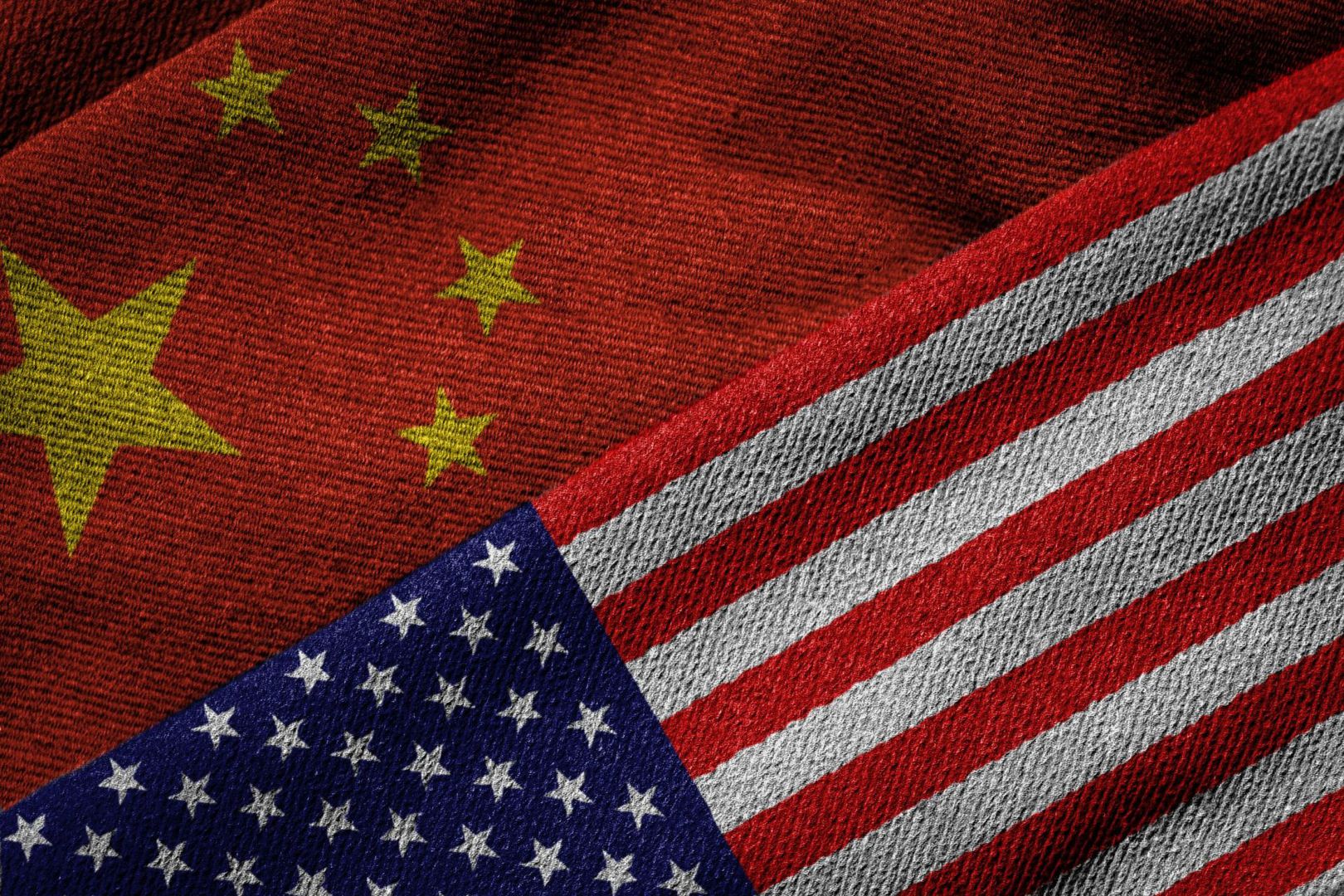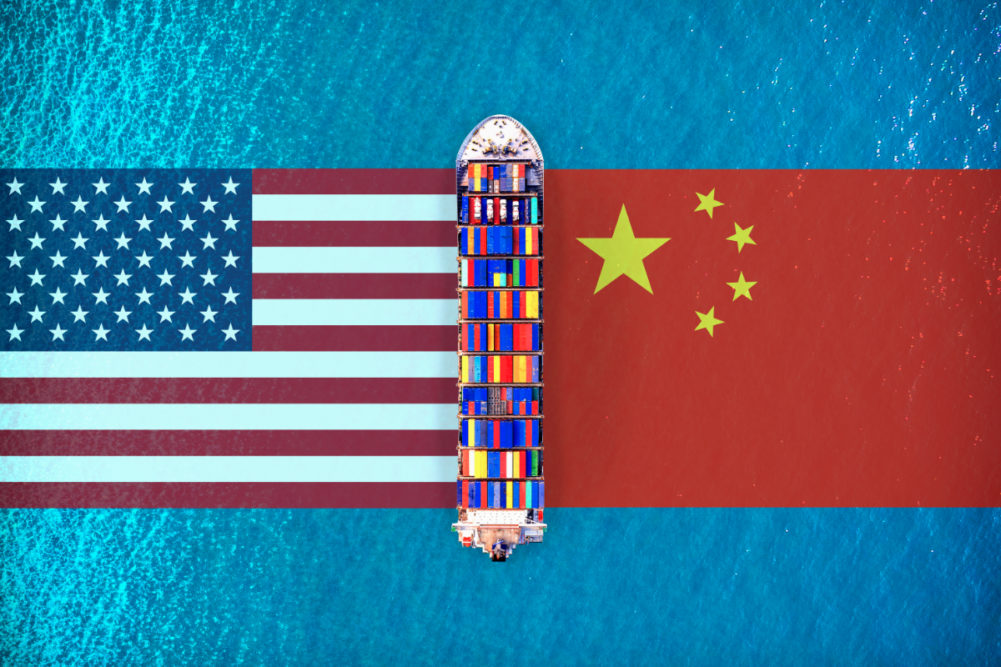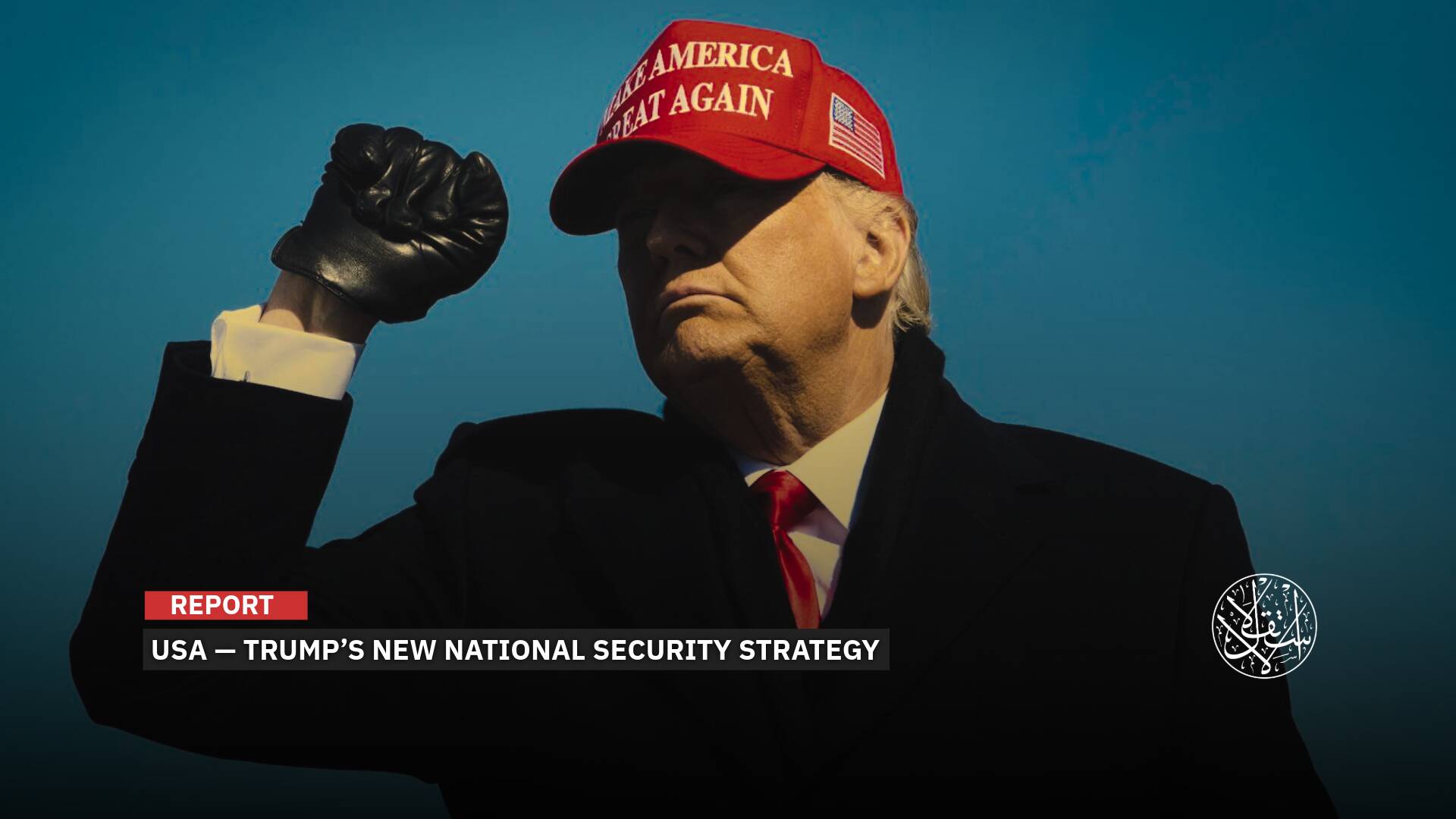Settlement or Escalation: How Trump Focuses on Confronting China Economically

“During his first term, Trump took aim at China with tariffs and restrictions on trade.”
The inauguration of US President-elect Donald Trump for a second term on January 20 will mark a turning point in US-China economic relations, casting a shadow over the global economy as a whole.
By promising to prioritize an ‘America First’ policy, Trump’s new administration is expected to take the trade war with China to a new level, imposing tariffs on hundreds of billions of dollars worth of goods.
While the US’s stated goal remains to address the trade imbalance and protect US industries, the repercussions of this economic conflict will, according to observers, extend far beyond the two countries’ borders.
If Trump follows through on tariff threats, China may retaliate economically by targeting US companies operating in China or imposing tariffs on US export or restrict US access to rare earth minerals.
The trade war between the two countries, during Trump’s first term, disrupted global supply chains, slowed economic growth around the world, and forced international companies to adapt to a new reality.
Trade War
As Trump prepares to return to the White House, his aggressive stance toward China’s economic and trade practices is expected to shape U.S. foreign policy over the next four years.
During his election campaign, Trump proposed imposing tariffs of up to 60% on Chinese goods, a significant increase from the 25% tariffs implemented during his first term.
The potential implementation of these tariffs could have serious implications for both economies.
For China, which is already struggling with economic challenges, such as a housing crisis and high youth unemployment, such tariffs could further strain its export-led growth model.
Trump’s policy is determined to reduce the trade deficit with China, the United States’ main competitor, but he faces obstacles due to the damage it could cause to American companies that rely on Chinese supply chains.
Higher tariffs on Chinese goods could increase prices for US consumers, potentially fueling inflation.
Trump’s strategy is also expected to extend beyond tariffs, to include a broader set of measures aimed at reducing US dependence on China.
Trump has proposed revoking China’s Permanent Normal Trade Relations (PNTR) status, which would allow the US to impose discriminatory trade tariffs. This move could face significant opposition due to its potential to disrupt global trade norms.
The Trump administration is also likely to tighten restrictions on China’s access to advanced technologies, particularly in sectors such as artificial intelligence and semiconductors. This approach is in line with concerns about national security and maintaining US technological superiority.
Trump has pledged to introduce rules that would prevent US companies from investing in China and vice versa, allowing only investments that serve US interests. This could dramatically alter the landscape of US-China trade relations.
“Uncertainty about Trump’s incoming trade policies is adding to worldwide economic headwinds,” International Monetary Fund (IMF) managing director Kristalina Georgieva said.
In the same context and contrary to estimates, China's exports and imports increased during December 2024.
Up 5% from the previous year, the General Administration of Customs of China (GAAC) announced that the country exported goods and services worth $3.58 trillion last year, and imported $2.59 trillion.
The trade surplus is set to hit a record $992 billion in 2024, up 21% from a year ago, as companies appear to be looking to get their goods out before Trump returns to the White House.
In December, China's exports to the United States rose 15.6% from a year earlier, and China's imports from the United States rose 2.6%, according to CNBC calculations of official customs data.
According to Chinese customs data, China’s trade surplus widened to $104.8 billion from $97.4 billion in November.
The annual growth rate for imports was 2.3% after shrinking 0.3% in 2023.
The better-than-expected data suggests that trade in Beijing is accelerating ahead of Trump’s January 20 inauguration, which could anger him.
China has shown remarkable ability to boost exports and increase imports, indicating its economy's resilience and ability to adapt to external threats.

Chinese Pressures
On the other hand, China has begun taking countermeasures to Trump’s threats in order to pressure Washington to avoid a new trade war and sit at the negotiating table.
On January 2, the Chinese Ministry of Commerce added dozens of American companies to its export control list to protect China’s national security and interests.
It imposed measures on 28 US entities and banned the export of dual-use items from those entities.
China also imposed sanctions on 10 US defense companies over military sales to Taiwan.
In late 2024, Beijing halted the export of critical minerals to the United States used in the manufacture of electronic chips.
China has reduced the supply chain for US-made drones, threatened to blacklist a famous American clothing company, and launched an antitrust investigation into Nvidia.
These measures are likely to increase economic tensions between the two countries.
Trump has chosen Marco Rubio, who has waged a war against Chinese influence, as Secretary of State and supported tough measures against technology companies such as Huawei during Trump's first term.
Trump also chose Mike Waltz, who considers China an existential threat, as National Security Advisor.
Therefore, negotiations between Washington and Beijing are likely to fail, which will contribute to the development of the trade war. But, on the other hand, Trump has put in place for his new term an economic team with different views on dealing with China.
Some are promoting punishing China by imposing tariffs and supporting the option of a trade war. Others see negotiating and concluding deals with China as the best solution to avoid the risk of Chinese economic influence and avoid a new trade war.

Retaliatory Measures
Since the beginning of his first term, Trump has focused on confronting China economically, as he imposed tariffs on a wide range of Chinese goods.
The roots of the first trade war were based on long-standing grievances about China’s trade practices, including accusations of intellectual property theft, forced technology transfers, and government subsidies to domestic companies.
During his 2016 presidential campaign, Trump repeatedly criticized China for exploiting trade agreements and pledged to reduce the U.S. trade deficit.
After taking office in 2017, his administration imposed tariffs on Chinese imports, ranging from steel and aluminum to consumer goods such as electronics and clothing.
In response, China retaliate in kind, targeting U.S. agricultural products such as soybeans and pork, as well as industrial goods.
These retaliatory measures quickly escalated into a full-blown trade war between the two countries.
By 2019, the United States had imposed tariffs on more than $360 billion worth of Chinese goods, while China had imposed tariffs on $110 billion worth of U.S. goods.
The trade war between the United States and China has not come to an end, as the Biden administration's policies have not seen radical differences from the Trump administration's approach during his first term.
It has also expanded its restrictions on Chinese companies and imposed bans on dual-use products, recently targeting 140 Chinese companies.
The Biden administration's continued use of the same tools suggests that these policies are not just temporary measures, but rather part of a long-term strategy aimed at reducing economic dependence on China.

On his part, economic analyst Mustafa Shaheen said in a statement to Al-Estiklal, “The relationship between the United States and China has witnessed rapid developments in recent years related to economic competition, geopolitical conflicts and trade tensions.”
“Tariffs are a useful bargaining chip that the US uses to force its trading partners, including China, to bow to its terms,” he added.
Mr. Shaheen concluded that “trade wars under Trump will not be seen as mere bilateral disputes, but as transformational events for the global economy.”
Sources
- China’s trade surplus hits annual record of almost $1tn
- China adds 28 US companies to export control list, 10 to unreliable entities list
- China arms itself for potential trade war with Donald Trump
- China's expectations for Trump's 2nd term: Managing bilateral and regional relations
- U.S./China/Taiwan Relations Under the Second Trump Administration











